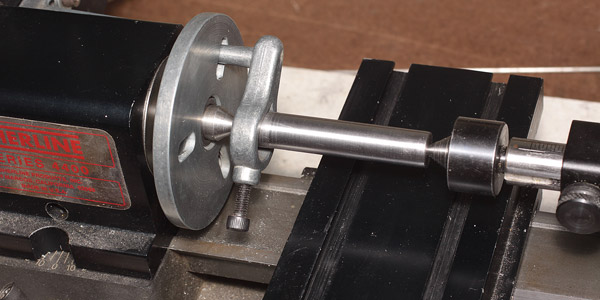panofish
Well-Known Member
- Joined
- Mar 8, 2012
- Messages
- 57
- Reaction score
- 3
I am a novice machinist. I am using a sherline lathe to set a diameter to a piece of aluminum round stock. My problem is a simple one, yet I am confounded as to what is happening. I am using the sherline 4 jaw chuck with tommy bars. I put a piece of aluminum rod in the chuck about 1 inch in diameter and 6 inches long. I cut along the side to make it perfectly round for the last 1-2 inches and also face the end. Now I unchuck and flip the aluminum and chuck the end I just dimensioned into the 4 jaw chuck. Now I repeat and round the end of the stock.
The problem is... no matter how many times I flip and round the ends and rechuck... the other end wobbles and is not centered?
My cuts are very light so I can't imagine part deflection accounting for the amount of wobble I am seeing.
Am I correct in assuming that you should be able to flip the rod and expect to have little or no wobble on the end after machining both ends?
The problem is... no matter how many times I flip and round the ends and rechuck... the other end wobbles and is not centered?
My cuts are very light so I can't imagine part deflection accounting for the amount of wobble I am seeing.
Am I correct in assuming that you should be able to flip the rod and expect to have little or no wobble on the end after machining both ends?






